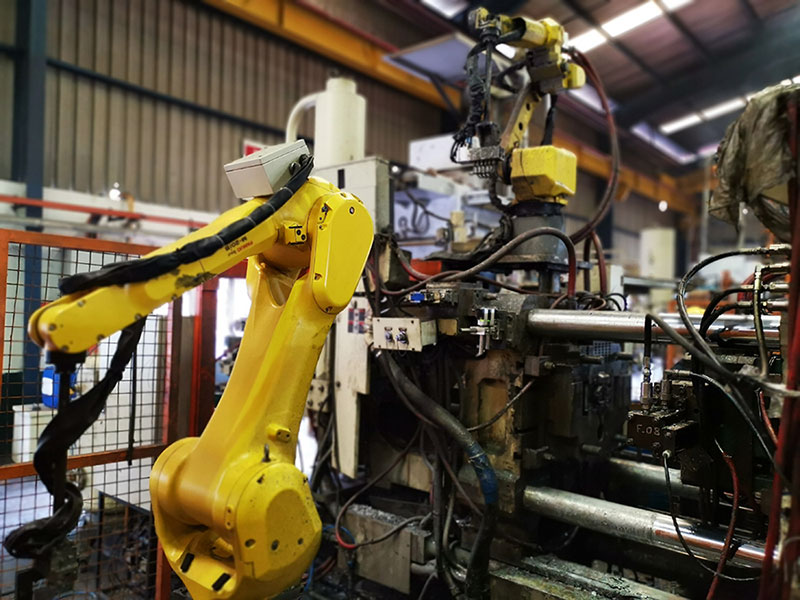The Precision Craft of Diecasting: Revolutionizing Manufacturing
The Precision Craft of Diecasting: Revolutionizing Manufacturing
Blog Article
Diecasting is an essential process for modern manufacturing. It plays an essential role in producing sophisticated metal parts with precision and efficacy. It involves pushing melting metal at high pressure into mold cavities, which results in components that have high dimensional accuracy and excellent surface finishes. With the development of industries and the demand for high-quality components grows, diecasting is continuing to prove its value particularly in areas that need large-scale production of complex parts. This article will explore the diecasting process along with its pros and cons, various material choices, and its extensive uses across many industries.
In the heart of diecasting is the use of molds or dies. These are constructed from high-quality steel to withstand any harsh elements of diecasting. Die designs are done precisely, usually incorporating intricate details and fine tolerances to guarantee the accuracy of the final product. During the diecasting process, molten metal-commonly aluminum, zinc, magnesium, or copper-is introduced into dies with extreme pressures. Rapid injection and rapid the process of solidification results in parts with exceptional dimensional stability, as well as a perfect surface finish that reduces the requirement for additional machining or finishing. The precision of the dies allows the fabrication of intricate geometries which are difficult or impossible to accomplish using other manufacturing techniques.
One of the most significant advantages of diecasting is the ability to produce parts with amazing dimensional precision as well as smooth finishing on surfaces. Diecasting with high pressure ensures each and every aspect of the mold is replicated which results in components which meet the strictest tolerances and need minimal or no post-production work. This accuracy is particularly useful for creating complex geometries and intricate details that are hard or impossible to create using other methods of manufacturing. Furthermore, the ability to repeat diecasting allows it to be used for large-scale production, ensuring uniformity across a large number of parts. Diecasting's efficiency can also result in significant costs savings as it reduces both material waste and the cost of labor.
Diecasting can also produce parts with superior mechanical properties. Rapid cooling of liquid metal that is formed during the casting process produces fine grain structure that increases the toughness and endurance of the final product. This makes diecast components particularly appropriate for uses that require superior performance and durability. For instance, in the automotive sector the use of diecast components is in transmissions, engines and structural components. their weight-to-strength ratio is essential for safety and vehicle efficiency. Similar to the aerospace field diecast elements contribute to the development of lighter but strong structures, crucial for optimizing the efficiency of fuel and performance. To obtain more details please look at Senadiecasting
Diecasting's flexibility extends beyond its mechanical capabilities to its adaptability in various application. In the field of electronics, diecasting can be employed in the manufacture of enclosures connectors and heat sinks which ensures that equipment is safe and operate optimally. The process is also widely used to create everyday items, including kitchen appliances to power tools, where precision and durability are paramount. The ability to create detailed and intricate parts is a draw for engineers and designers who want to improve and innovate product performance. Through accommodating a variety of metals as well as allowing the incorporation of complex features Diecasting can aid in the creation of new products and services across many fields.
Diecasting represents a pinnacle of manufacturing technology, offering a blend of precision, productivity, and versatility that's unmatched by other manufacturing processes. Its capacity to produce complex, high-quality components with superior mechanical properties makes it essential in various industries, from automotive to consumer electronic products. The effectiveness and savings in material that diecasting offers highlight its importance in large-scale production, while its adaptability guarantees that it is able to accommodate the evolving demands of modern manufacturing. While industries push into the realm of creativity and performance, diecasting will remain a critical tool, making advancements possible and supporting the development of new products that will shape our future.